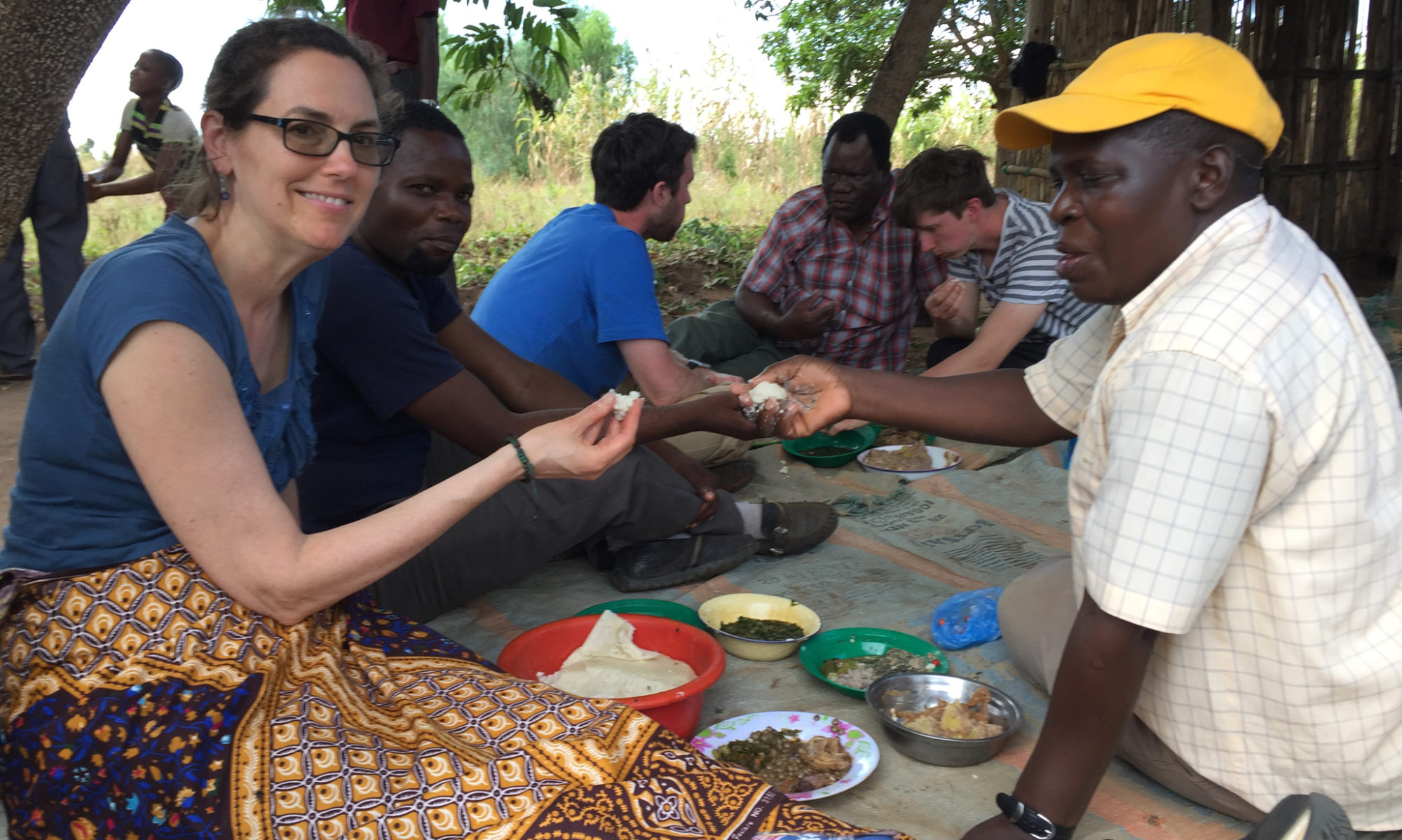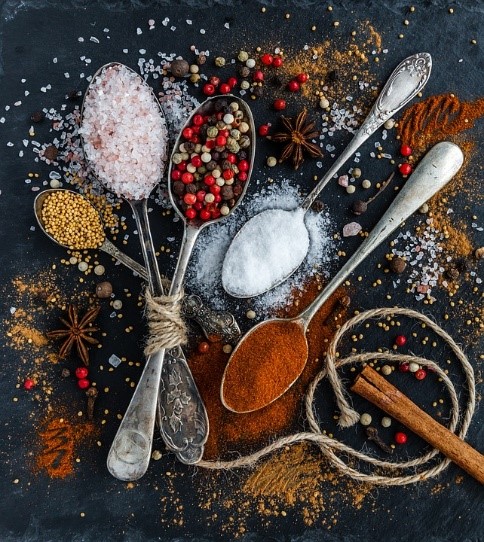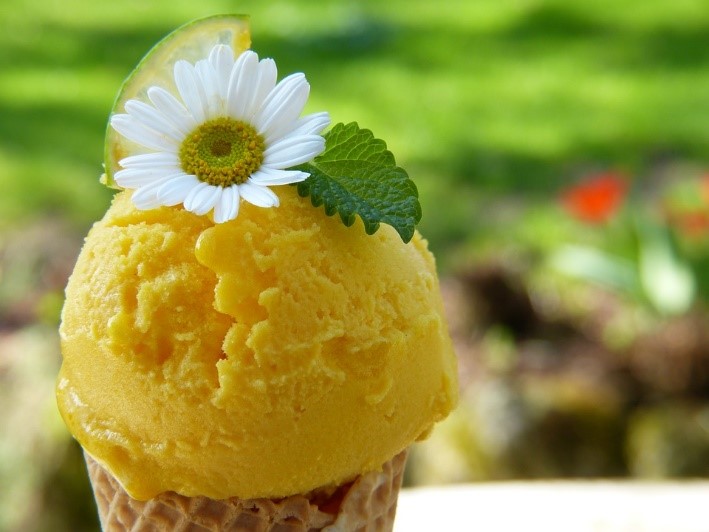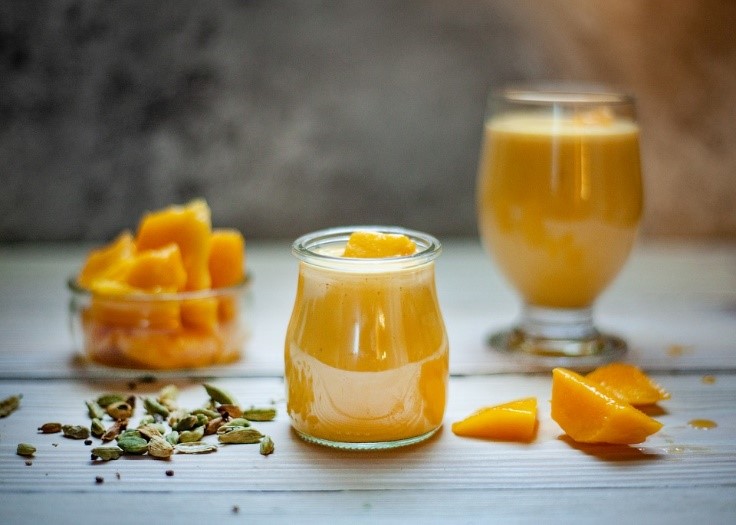Don’t be fooled by foods that may seem “healthy.” With labels that say “all natural” and “low calorie”, people are often led to believe that they are making good choices with their food. Often, these labels are misleading and could actually lead to a dramatic spike in your blood sugar, increase blood pressure, or contribute to your waistline. These five snacks are commonly misconceived to have health benefits, but in reality, provide barely any nutritional value.
Pretzels
Even though pretzels have less fat than chips, they provide little to no nutritional value. The white flour spikes your energy levels while leaving you hungry for more. Ingredients can include corn syrup, corn oil, and lots of salt. Plus, one serving of pretzels can take up a quarter of your days’ worth of sodium.
Trail Mix
Trail mix is another popular snack that many deem as “healthy.” This snack can add up to around 300+ calories per serving and is packed with added sugar and salt. Well portioned mixes with nuts, dried fruit, and no additives are a better alternative.
Protein Bars
Most protein bars are just candy bars with added protein and can be anywhere around 300-400 calories with outrageous amounts of sugar. Don’t let the packaging fool you; read the ingredients list and nutrition facts on the bar to see what you’re actually putting into your body.
Rice Cakes
This snack may trick you into thinking it’s healthy because of the low-calorie count. Like pretzels, these snacks provide little to no nutritional value. The flavored cakes add sugar, fat, and other ingredients that are doing no good for your body.
Veggie Chips
While veggie chips may seem like a more appealing option than traditional potato chips, they have just as much salt and fat. The nutritional value from the vegetable is gone through the frying or baking process. Eating actual vegetables is always the way to go!
Dr. Barbara Edwards, Princeton internist practices at Penn Medicine Princeton Health in the Penn Medicine Princeton Medical Center and also serves as Medical Director of the Bristol-Myers Squibb Community Health Center.
Sources:
https://www.active.com/nutrition/articles/10-healthy-foods-that-are-actually-bad-for-you/slide-10
https://www.shape.com/healthy-eating/diet-tips/50-seemingly-healthy-foods-are-bad-you








